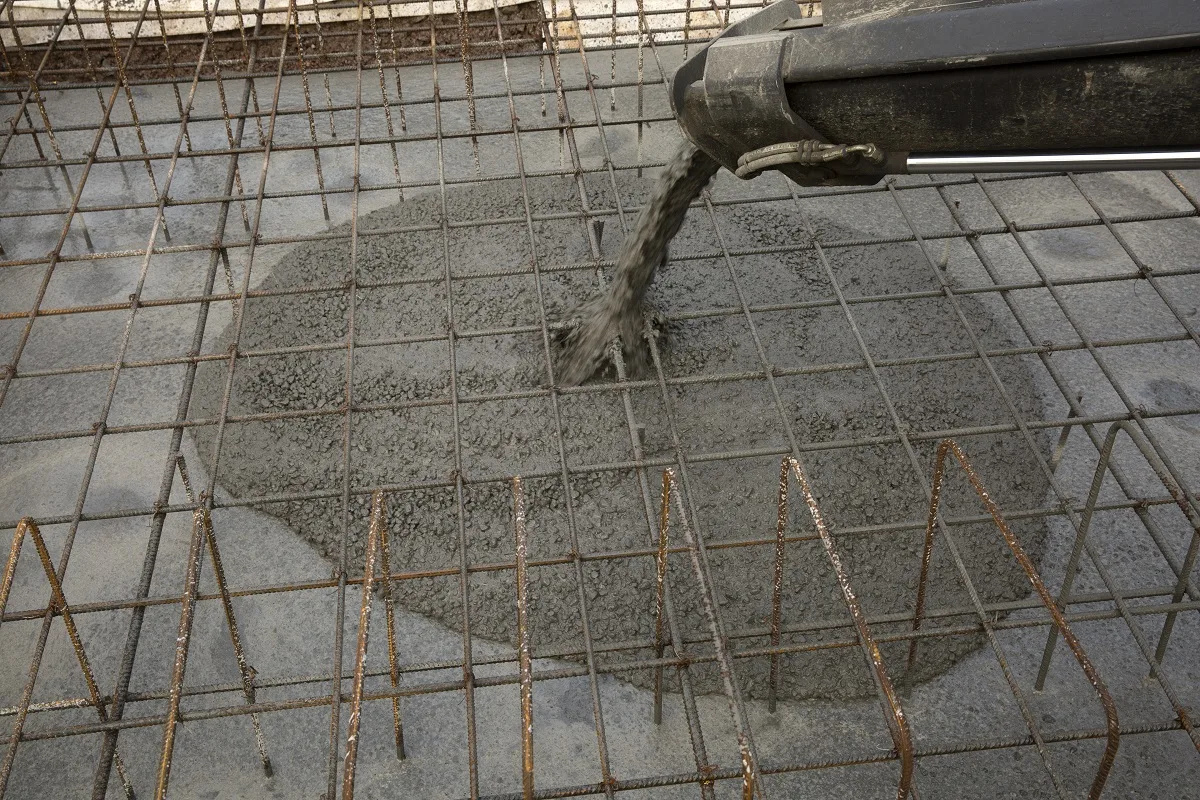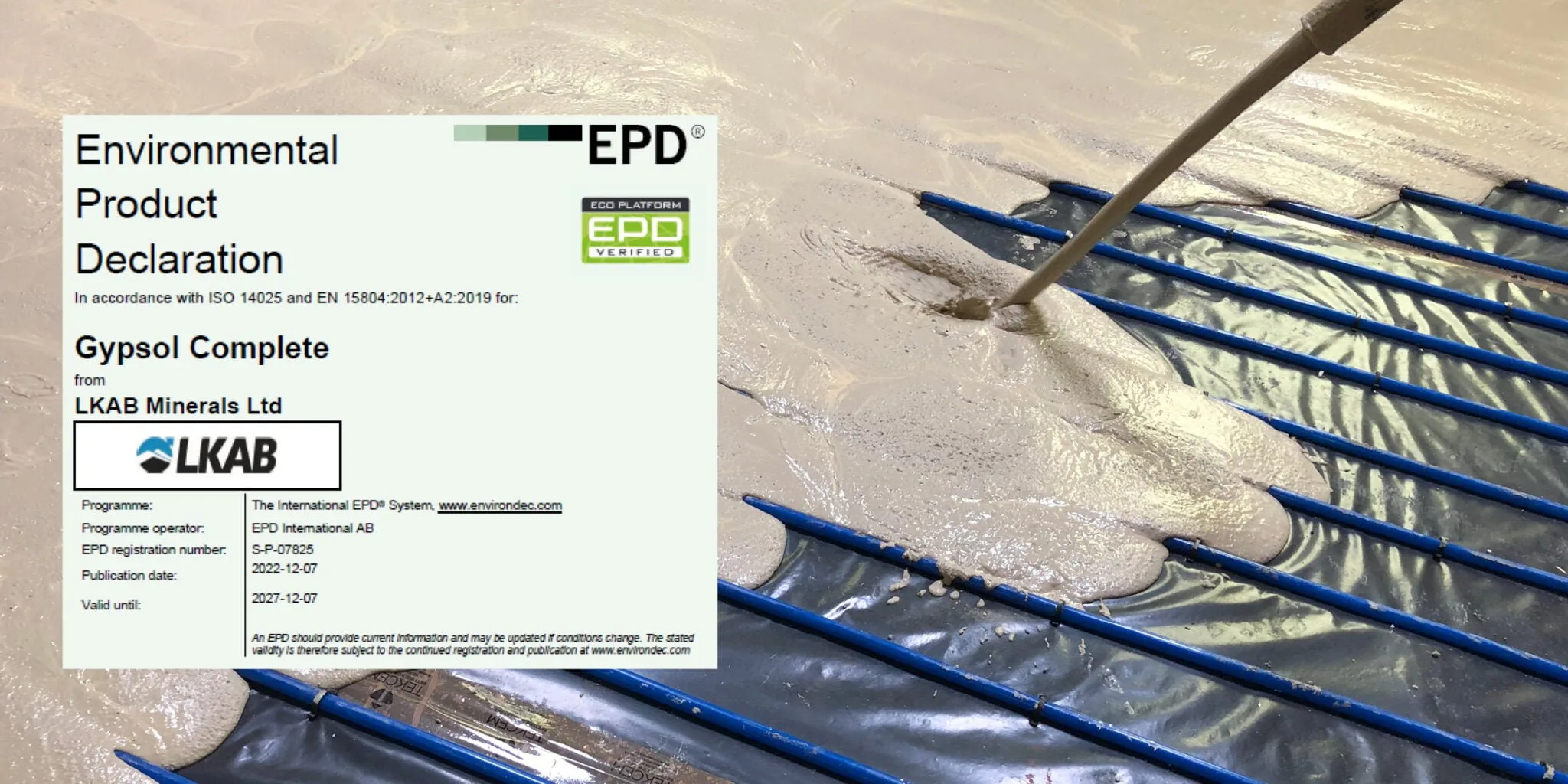Minerals are essential for building our future homes from the floor up
What would a house be without a floor? This may seem like a strange question, but were it not for minerals it is one you would be asking.
Dr Philomena Bluyssen stated ‘because of their large surface areas, flooring materials are important potential contributors to the environmental quality in indoor spaces, from indoor air, acoustical, lighting and thermal quality point of view.’ In the modern world this is certainly the case, if not even more. Particularly with the UK’s commitment to reaching net zero by 2050, and the global one outlined in the Paris Agreement.
With this target in mind, and the fact that in 2021, the buildings and construction sector accounting for around 37% of energy and process related CO2 emissions, it is important to have creative solutions to reach emission targets. It is clear to see that minerals will be at the forefront of this debate in years to come.
Why are alternatives important?
Each year, more than 4 billion tonnes of cement are produced, accounting for around 8 per cent of global CO2 emissions. As a result, it is important to consider alternative solutions, in order to help reduce the emissions of the industry as a whole.
What alternatives exist?
With the construction industry being such a large contributor to global emissions, innovative solutions are required across the board. There are innovative solutions for elements of homes across the board, but flooring is a great platform to start on. One aspect of flooring which we have a solution for is screed.
Screed is a layer used for levelling and smoothing between the concrete subfloor and the floor finish. This consists of a binder, sand, and water. Whilst the binder is typically cement-based, there are plenty of alternative options available. Our Gypsol binder is one of the alternative binders available to the industry. This is an anhydrite screed binder which is a by-product of the acid production industry, and provides a non-cementitious alternative to floor screed. The significance of this is producing Gypsol Binder emits 91.7 kg of CO2 per tonne versus 622 kg per tonne of cement.
Navigating future construction
As the industry moves forward and adapts to global targets, there will be wholesale changes. We certainly won’t be the only players here and are far from a complete solution. However, it is important for all players in the industry to innovate and provide solutions to improve in the future. Flooring is only a snapshot of the construction industry, but an integral part, which typically has been a negative contributor. But as will other sections, it is an area where emission reductions can be made through non-cementitious binder alternatives.






